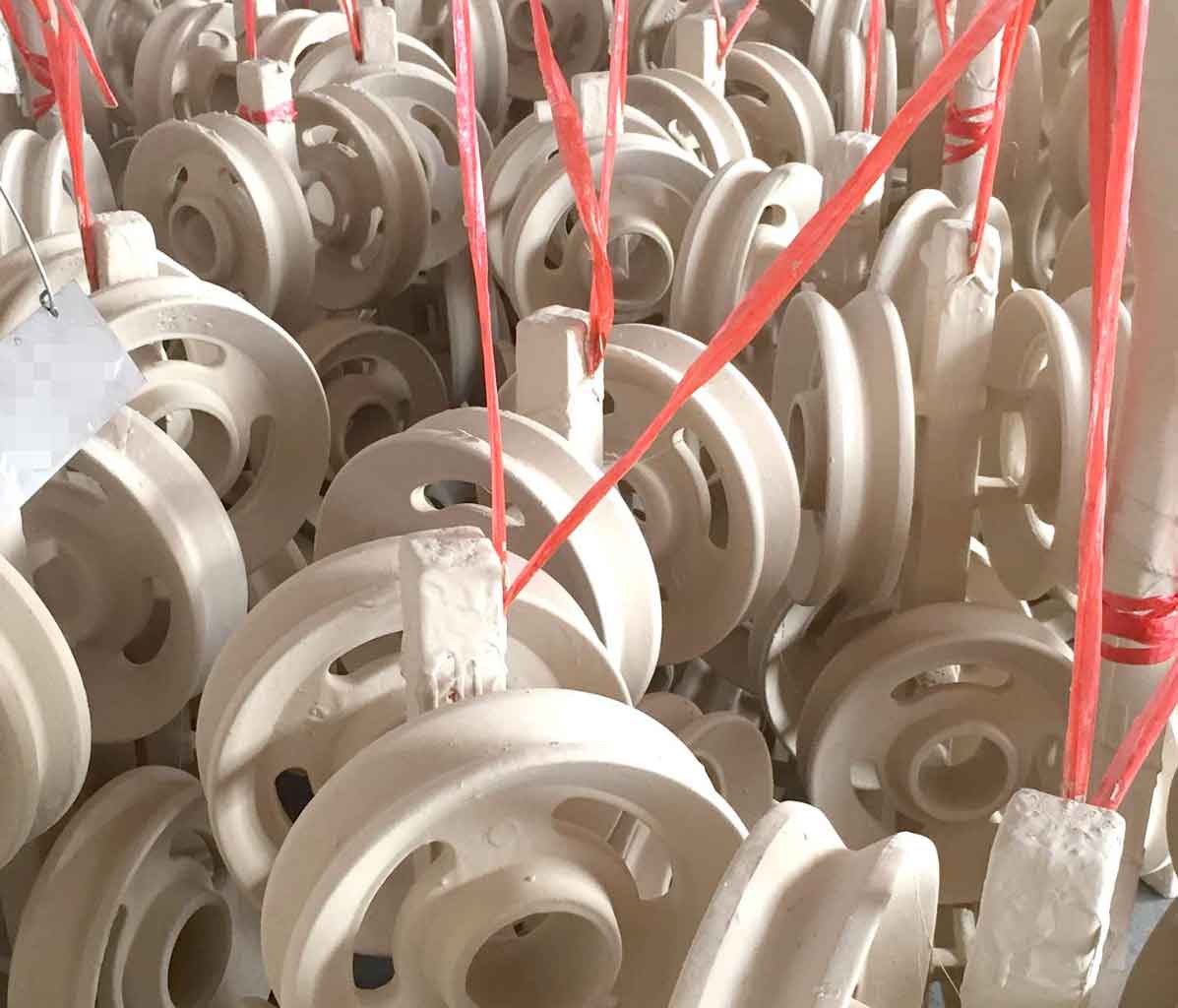As we all know, cast iron alloy is a multi-element alloy composed of iron, carbon and silicon. When the carbon in cast iron alloy exceeds the solubility in molten iron, the excess carbon will exist in the form of graphite or carbide, so the phase diagram of cast iron alloy has dual forms, namely, metastable (Fe-Fe3C) phase diagram and stable (Fe-C (graphite)) phase diagram. Because the cast iron alloy has a dual phase diagram, its solidification process may change according to the metastable phase diagram or the stable phase diagram, which significantly increases the complexity of the solidification process of cast iron alloy.

It can be concluded that the lost foam casting process of cast iron alloy will show different characteristics from that of magnesium (aluminum) alloy. The solidification process of cast iron alloy by vibration in lost foam casting must contain its own characteristics. The systematic research on the technology of vibration lost foam casting of cast iron alloy has not been reported yet, and the mechanism of vibration on the solidification structure and properties of cast iron alloy is not clear, so it is necessary to study the structure and properties of vibration lost foam casting of cast iron alloy from the perspective of theory and technology.
Therefore, the characteristics of microstructure and properties of cast iron alloy lost foam casting under the action of vibration field are systematically studied. With the help of vibration, the microstructure of cast iron alloy lost foam casting is refined, the problems of coarse microstructure and low mechanical properties of cast iron alloy made by lost foam casting are solved, and a new method to improve the properties of cast iron alloy made by lost foam casting is explored. By making full use of the modification technology of cast iron alloy, the solidification structure and properties of EPC cast iron alloy under vibration were studied, and the mechanism of vibration on the primary phase of EPC cast iron alloy was explored.
